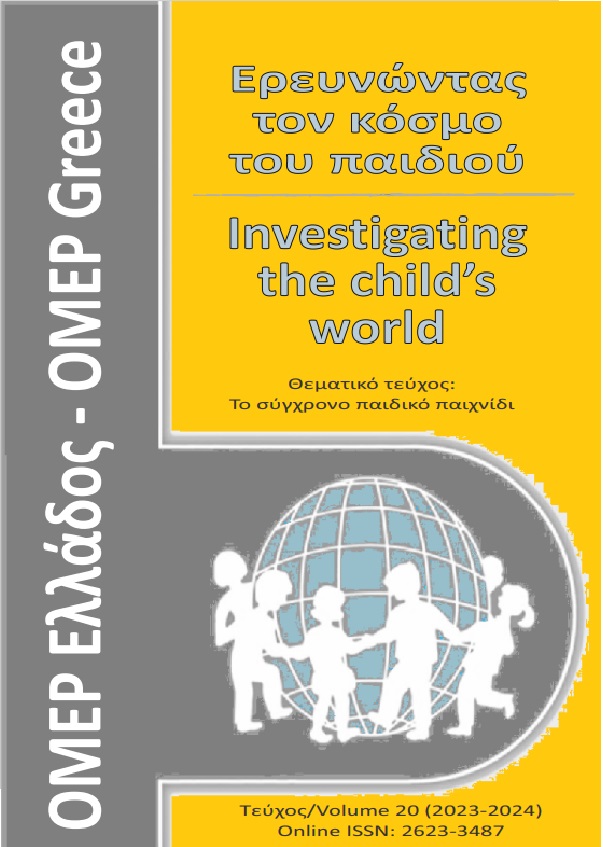The pleasure of the text: playful techniques in written and visual texts in metafictional picturebooks
Abstract
Children's book today has many different forms, following the social and cultural changes around it. In recent years there has been an increase in picture books with special, innovative features. Some of them have digital features and are linked to television and the information society. Some parodies past works, and others see reality as a culture of recycled images. Metafictional picturebooks can be self-referential, i.e. referring to the text itself as a construction, or self-conscious, where the book's characters become aware of their existence as fictional characters and converse with their readers. They have a suggestively parodic tone and aim to transcend the boundaries between fantasy and reality. Authors and illustrators use techniques such as metalepsis and intertextuality, exploit the materiality of the book, and use design in ways that put the reader in the player's shoes and turn reading into a literary game that explores the rules of narrative.
Article Details
- How to Cite
-
Paschalidou, E. (2024). The pleasure of the text: playful techniques in written and visual texts in metafictional picturebooks. Investigating the child’s World, 20, 119–127. https://doi.org/10.12681/icw.37036
- Section
- Scientific articles & educational projects

This work is licensed under a Creative Commons Attribution-NonCommercial 4.0 International License.
Authors who publish with this journal agree to the following terms:
· Authors retain copyright and grant the journal right of first publication with the work simultaneously licensed under a Creative Commons Attribution Non-Commercial License that allows others to share the work with an acknowledgement of the work's authorship and initial publication in this journal.
· Authors are able to enter into separate, additional contractual arrangements for the non-exclusive distribution of the journal's published version of the work (e.g. post it to an institutional repository or publish it in a book), with an acknowledgement of its initial publication in this journal.
· Authors are permitted and encouraged to post their work online (preferably in institutional repositories or on their website) prior to and during the submission process, as it can lead to productive exchanges, as well as earlier and greater citation of published work.



